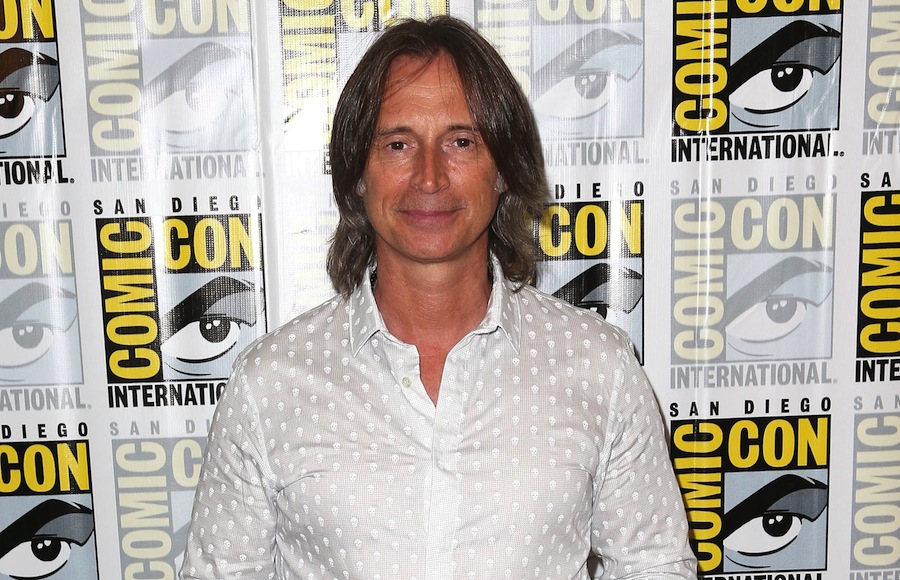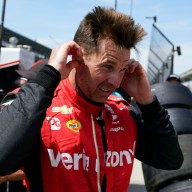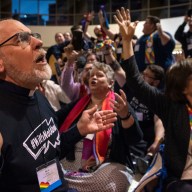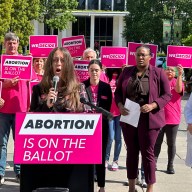When Robert Carlyle first really broke through in America, it was the one-two punch of 1996’s “Trainspotting” and “The Full Monty,” the next year. In the first he was terrifying psychopath Francis Begbie; in the latter he was a nice guy just trying to make money (by stripping). Both extremes are present in the dark comedy “Barney Thomson,” which the Scottish actor, now 54, both directed and stars in as a mild-mannered barber in Glasgow caught up in a wave of accidental murders. Shot during a brief hiatus on his show “Once Upon a Time,” it brought Carlyle — who, by the way, is friendly, charming and decidedly un-Begbie — back to his hometown, where he had to learn how to direct and act at the same time. RELATED: Interview: Mary Elizabeth Winstead says horror is a great place for strong female leads This wasn’t a project you initiated. How did it come to you? RELATED: Geek Girl in Hollywood: Wonder Woman as a feminist icon There’s an unstuck-in-time quality to it. It almost feels like it’s set in the ’60s or the ’70s. Was that approach about bringing back memories of Glasgow in your childhood? Barbershops seem to never change, anywhere. It reminded me, with its mix of gentleness and nastiness, a bit of Ealing comedies with Alec Guinness, like “Kind Hearts and Coronets” and “The Ladykillers.” Were there other inspirations? Barney’s a very sweet, even passive character. Did that make it easier to direct? Sometimes when Scottish films are imported to the U.S. they come either subtitled or even dubbed, the accents softened, because distributors worry Americans won’t understand the actors. Neither, happily, is happening with “Barney Thomson,” but what do you think about that practice? RELATED: Interview: Atom Egoyan on “Remember” and maybe making a happy film one day “Trainspotting” was partially dubbed when it opened in America. The “Trainspotting” sequel starts shooting mid-May. It’s good/terrifying to hear it will focus on the dread of two decades having passed. Follow Matt Prigge on Twitter @mattprigge
The script had come to me four or five times over a seven-year period. I just wasn’t ready at the time. I had producers who’d say, “I have this Scottish script. Interested? I’d say, “I am interested. What is it?” And it would be “Barney Thomson,” yet again. [Laughs] I started to look at it more seriously and asked myself why I kept rejecting it. What it was was it was a Glasgow-based script but it wasn’t quite the Glasgow I knew. Turns out that’s because it was written by a Canadian filmmaker [Richard Cowan]. I decided I’d have it rewritten from a Glasgow perspective. I asked a friend of mine, Colin McLaren, to put it together into what you see now.
You’re spot-on. One of the many things that changed in the screenplay was the locations. I wanted to pick places in the East End of Glasgow I knew, that I’d grown up in and hadn’t been for many, many years. More importantly, they would make me feel comfortable, because this was a first time for me, directing. I was a bit nervy. I thought if I could feel home here, so much the better.
I remember growing up and going with my dad for a haircut. They never change. They always look the same, with the pictures of sports and boxing on the walls. Those are the same to this day. I did my best to keep any modern things away from the film. That’s why you never seen a mobile phone, you never see a computer.
I watched loads of old television, especially from overseas, from the States. Wonderful TV shows, like “The Naked City.” You see some of the exteriors back in the 1950s, and there would be low-angle camera angles that looked up at the actors. It took me awhile to figure out why they were doing that. Of course it’s because there were people watching. [Laughs] They couldn’t shoot head-on because you would see people staring in the camera.
That was one of the reasons I thought I could direct and act — because he’s so reactive. He doesn’t affect the plot so much. It all happens around him. I thought I could sit back a little bit.
What can you say? It’s understandable. There’s no point in putting something out there where people struggle to understand what’s being said. With Barney I tried to temper [his accent] to a certain extent. But you can’t temper it so much that it becomes dishonest. You have to say, “This is a Scots film set in Glasgow. This is the way people speak.” I hope people can understand it and open themselves up to the beauty of the accent. It’s not as broad as “Trainspotting,” which can be very rough.
What we did for “Trainspotting” is Danny [Boyle, director] brought us all in and said, they’re going to dub over us. But he said, “Look, we’ll only do the first 10 minutes.” [Laughs] And that’s what he did. He overdubbed the first scene, but just slightly. Not so much. That’s the version America heard. They thought they were getting a dub but they only got a little piece of it.
That’s the hook the film rests on, that these guys are all 20 years older, as are those of us who saw it back then. What’s interesting is the possibility that some of the audience members might be bringing their 20-year-old kids to see it. [Laughs] I certainly don’t know any other film that’s attempted that.
Robert Carlyle on directing ‘Barney Thomson’ and Scottish accents

Getty Images


















